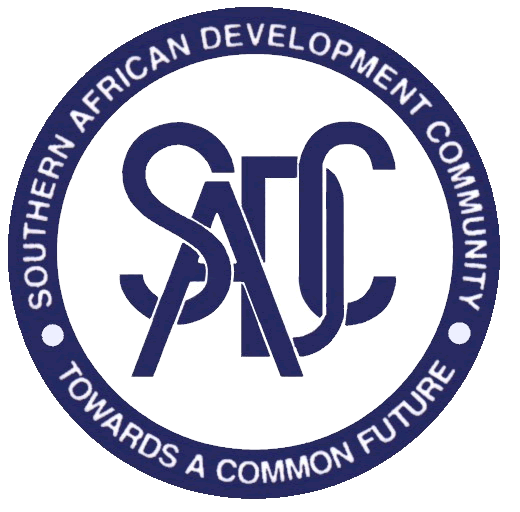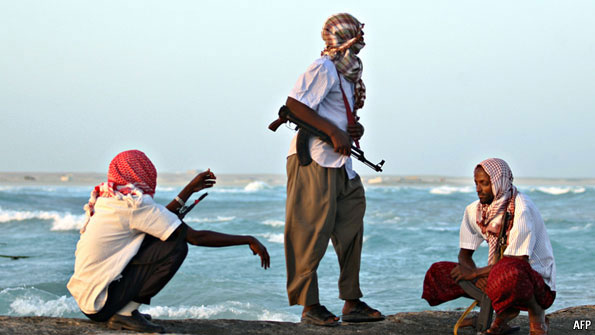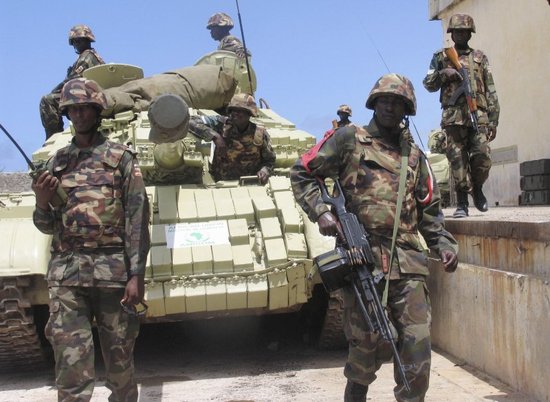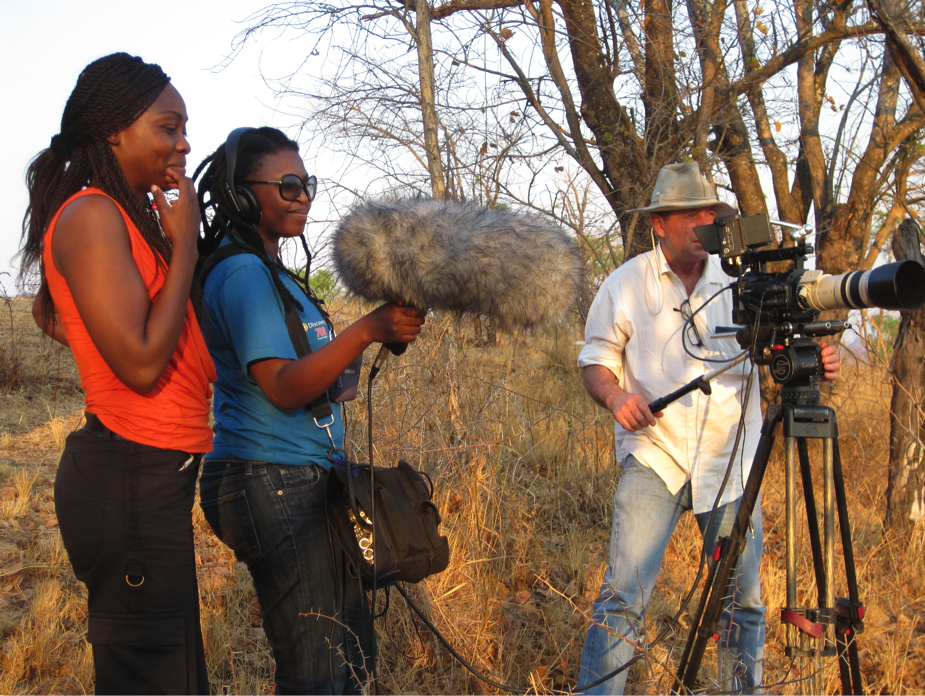[captionpix align=”left” theme=”elegant” width=”320″ imgsrc=” http://epp.eurostat.ec.europa.eu/portal/page/portal/international_statistical_cooperation/documents/sadc.png ” captiontext=” Current Member states of the SADC “]
The Southern African Development Community (SADC) Regional Infrastructure Master Plan (RIMP), a new blueprint document to be unveiled at the annual SADC leader’s summit to be held in Maputo, Mozambique in August, will focus on the fundamental challenges of regional infrastructure deficiencies.
The plan foresees power grid linkages across the region enabling access to newly discovered sources of energy in East Africa such as Kenyan thermal energy, Ugandan oil, and Tanzania and Mozambique’s massive offshore natural gas deposits. The document also seeks to coordinate road and rail links while enhancing management of water resources and information and communication technology (ICT) throughout the SADC area.
The estimated costs of the changes range from USD $120billion up to $470billion with a majority of these funds to be attained through the use of public-private partnerships and major foreign investment. The plan follows a 15-year arc from 2012 to 2027 broken down into three five-year implementation phases. Eventually a SADC Development Bank is also envisioned.
The SADC
Originally arising out of the liberation struggle against colonialism and the last vestiges of white minority rule in Southern Africa, SADC began as two separate organisations with member states differing between the two. The Frontline States grouping was formed in 1980 and dealt with political and security cooperation by then majority ruled states. The same year saw the signing of the Lusaka Declaration which established the Southern African Development Coordination Conference (SADCC), the predecessor of the socio-economic arm of today’s SADC.
As a complement to the African Union, the SADC’s stated goals are to further socio-economic, political and security cooperation and integration among its 15 member states. Currently membership is held by Angola, Botswana, DRC Congo, Lesotho, Madagascar (presently suspended due to a political coup), Malawi, Mauritius, Mozambique, Namibia, Seychelles, South Africa, Swaziland, Tanzania, Zambia, and Zimbabwe. The grouping encompasses a total population of nearly 258 million and a combined GDP of USD $470billion of which South Africa is responsible for roughly three fourths of this total.
As the regional economic and political hegemon South Africa must embrace a strong leadership role to better facilitate the integration process and drive growth in the SADC area. This role can be better delineated through a clearer more well-defined foreign policy for South Africa but at present it seems to be mired in deliberating which direction to take in this regard.
A first step in defining this policy could lie in the election of current South African Home Affairs Minister, Nkosazana Dlamini-Zuma as Chairperson of the African Union. This strategic appointment could provide the impetus needed for the gradual ceding of South African sovereignty over trade and other related areas to larger regional institutions. Eventually other countries would need to follow suit.
Inherent Challenges to the Integration Process
Integration efforts in Southern Africa are marked by the deep-rooted and obvious economic and political differences that exist between countries in the region. Fundamental development concerns are demonstrated by uneven economic growth and persistent cycles of poverty. Overlapping memberships in multiple regional bodies with similar end goals also presents a strong barrier to a single unified attempt at integration; note the dual membership of South Africa in both SADC and the Southern Africa Customs Union (SACU). These factors are compounded by the slow pace of policy implementation within the SADC as readily revealed by the adoption in 2004 of the Regional Indicative Strategic Development Programme (RISDP) which foresaw a customs union by 2010, a common market by 2015 and a currency union by 2016, all lofty targets which have proved to be an ideal rather than a reality.
These challenges are also perceptible in states’ general unwillingness to delegate sovereignty to proposed supra-national bodies or place national interests beneath long-term regional growth strategies. While these reactions are germane to developing countries and no doubt intensified by the ongoing European crisis they must be gradually overcome if the integration process is to see meaningful advancement and be of genuine benefit to members.
According to African Development Indicators issued by the World Bank last year, SADC internal merchandise exports accounted for USD $11billion and made up only 11% of the inter-bloc total in 2009. This is a figure indicative of the need to improve infrastructure in the region.
Furthermore Standard Bank, South Africa’s largest, has published research showing that South African trade with the Rest of Africa (RoA) accounted for 17% of the country’s total. Despite South Africa’s “success in securing market share within key SADC economies” since 2001, South Africa-RoA trade has only seen a three-fold increase compared with a 16 fold increase in trade with China. The bank thus concluded that “South Africa does not trade enough with Africa” and that the country’s “weak economic diplomacy hinders commercial gain.” Again this is an area which must be remedied in the pursuit of enhanced regional collaboration.
It is hoped that with the implementation of the SADC Regional Infrastructure Master Plan (RIMP) regional trade practices and standards will be harmonised and bureaucratic red tape and internal tariff barriers done away with. This will facilitate greater economic and political linkages while supporting a larger market and making the region more competitive globally.
[captionpix align=”left” theme=”elegant” width=”320″ imgsrc=” http://talkzimbabwe.com/wp-content/uploads/2011/08/Mugabe-Zuma-2.jpg ” captiontext=” President Mugabe of Zimbabwe (R) and President Zuma of South Africa (L)- bridging the gap between functioning democracy and dictatorship. Monopolisation of wealth and power in the hands of despots has prevented regional initiatives in Southern Africa from making meaningful strides forward.”]
What the Future Holds
One interpretation of the swift expansion of the European Union would be that regional trade blocs or institutions of a similar nature have a vested interest equitable with their continued survival in growing larger and increasing the size of their internal market. Correspondingly in January 2012 the African Union reaffirmed its commitment to regional integration at its 18th Annual Summit held in Cape Town and discussed a proposal for a Pan-African Free Trade Agreement.
In what amounts to a paradigm shift, the Tripartite Free Trade Agreement (T-FTA) would see 27 states- half of all Africa, participate in an African Economic Community formed out of three pre-existing regional bodies, the Common Market for Eastern and Southern Africa (COMESA), the East African Community (EAC) and SADC. This strategy envisions a vast reduction in the cost of cross-border trade (presently it costs roughly $8 000 to ship a container from Durban, South Africa to Lusaka, Zambia but only $1 500 to ship the same container from Dubai to Japan) which would accomplish the twin goals of poverty alleviation and higher economic performance linked to job creation.
As Africa has been troubled by the uncertainties facing both European and US markets it becomes essential that alternative measures to safeguard African economies be employed. A sign of this concern for foreign export markets came on June 20 when South African President Jacob Zuma committed to a USD $2billion loan to the IMF to shore up its capability to ward off and avert future financial crises at the G20 Summit in Mexico.
Fifty plus years of poor economic growth in Africa cannot be denied and new transformative policies like the T-FTA are a prerequisite to ensure the continued development and expansion of Africa’s economic prospects. Regional, not national, approaches should be embraced in moving towards a continental economic system and the gradual cessation of certain elements of national sovereignty will be a part of this process.
Despite the fractures in Europe, the EU remains the model to follow and is unquestionably the most successful example of regional integration to date. Yet its current failures and the need for a political solution to an economic crisis must be heeded by all those pursuing regional integration in Africa. As in the past a lack of political will has handicapped and slowed efforts to implement progressive policy measures across the African continent. However given the coming scarcity of natural resources and ongoing economic fallout post-2008 it is more important than ever that leaders swallow hard and regional integration efforts meet with considered and timely success in the face of complex challenges.




